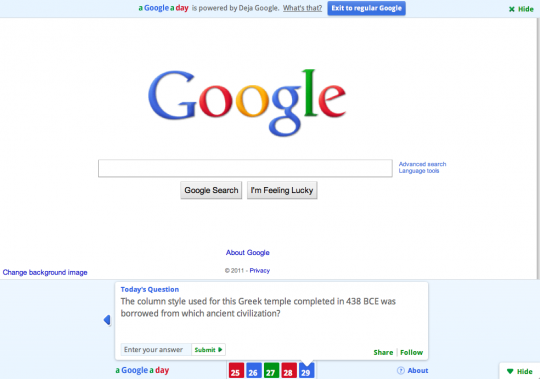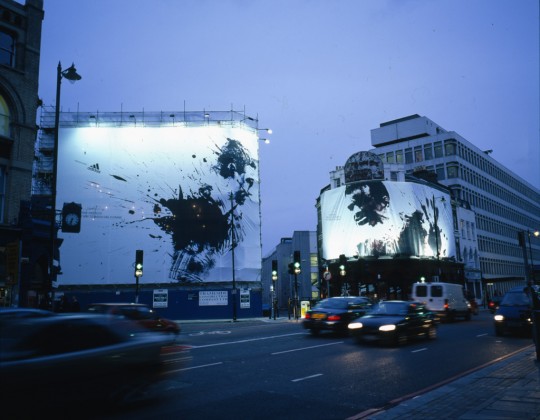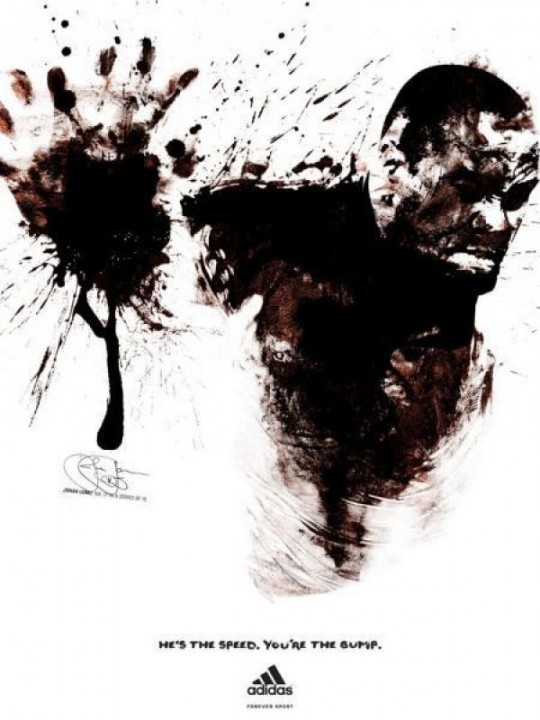In case you missed it, check out some great work from Andy Fackrell.
WS: How important is finish? If ideas are the most important thing, can sketches be enough? Do you look at physical books anymore, or is it all websites?
AF: Mostly it’s websites, and I haven’t seen a physical book for a year. And really, that has to be the case these days. Some kind of leave-behinds are always useful. A young Dutch team we hired left funny little paper sculptures that sat on my desk for a few months, before actually hiring them. So ’80s of them.
As always, it’s the ideas that will be remembered, not the slickness of a blog, or the shininess of the portfolio. Creating a blog is a trend for juniors up to creative directors. And dangerous for employers. I mistrust them, as they are disposable in a way, and loose in their truth. People can post their colleague’s work that they admire, somehow implying it’s their own. I’ve seen it happen on all levels. As my friend says, you’re a creative, not a curator. Show me your ideas.
WS: How important is writing? Do you need to see long copy?
AF: Definitely, you can see how disciplined young people are by actually working through the process of writing an ad or website. Writers are more important now than ever before. But it’s a bit different than the tortured prose of the golden era of ‘80s D&AD. These days, agencies are more multifaceted, meaning less pretension in this particular craft. You will find a lot more nuts-and-bolts writing is needed, as well as poetry. But traditional long copy? A rarity.
WS: What do you think of showing work that is not advertising?
AF: It can [provoke a] wince—having peoples’ souls displayed—so you have to be super careful showing personal work. It depends who you’re talking to. I remember Kash Sree and I were being interviewed through video conference by Dan Wieden and all his creative directors. He asked that very question. Kash had a very obscure book project that made him, and by association, me, look pretty smart. The obscure always worked with Dan.
WS: Do you have any other advice for a student or junior trying to get into the business?
AF: By all means be out there and original, but also be professional. Find out everything you can about the people you meet. The worst thing, and it has happened a lot here at 180, is when they have only a vague idea of your agency’s work. I’m not saying they need to list all the work on my personal reel, and reread scripts back at you, but a little flattery never hurts.
Read the full interview in BREAKING IN: Learn more about the book or Buy it on Amazon




